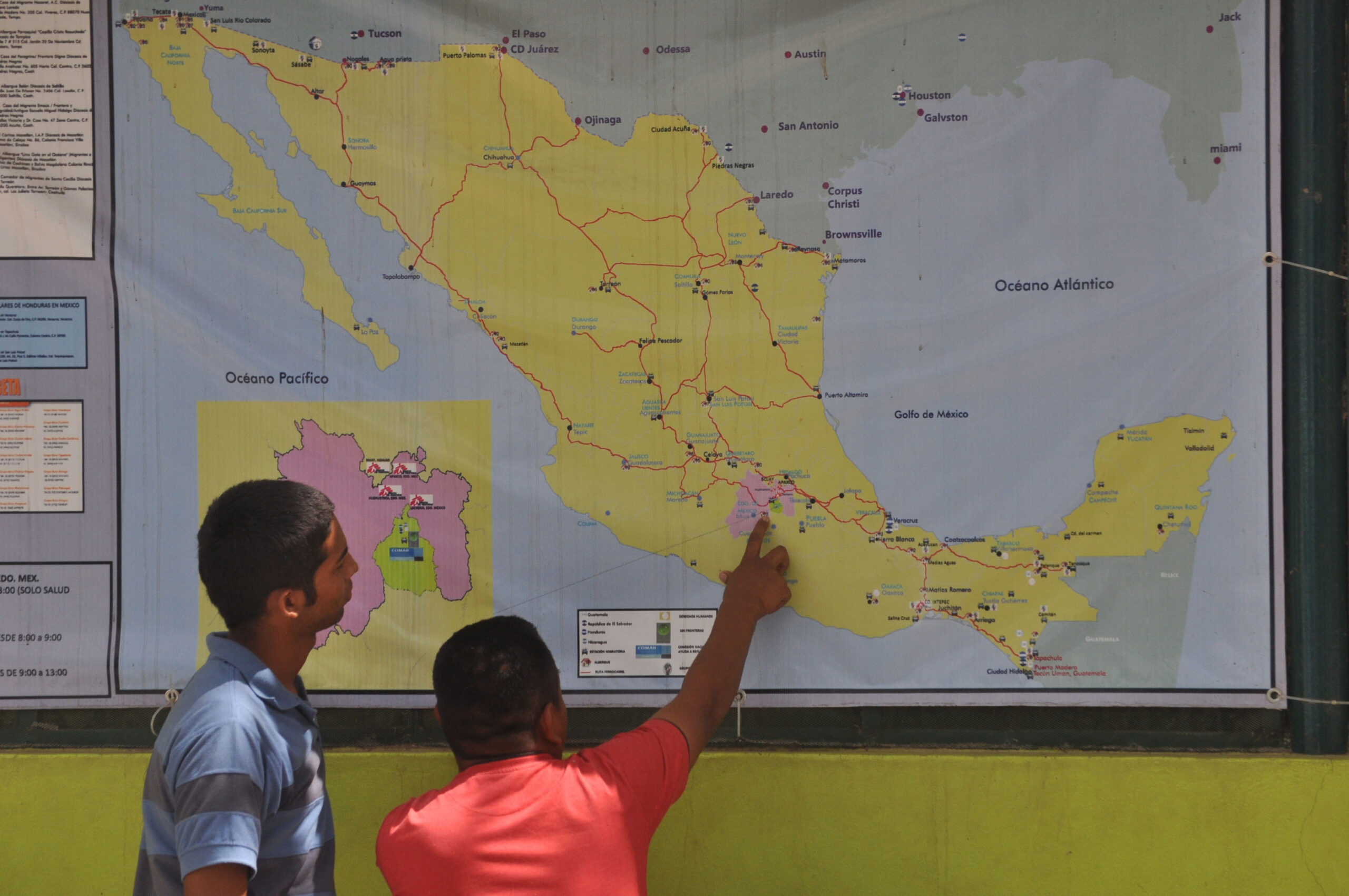
The Summit of the Americas: Time to deal with Migration
The upcoming Summit of the Americas offers an opportunity for governments and other stakeholders to jointly tackle the issue of international migration. This is... Read more.

Task Force Summary Report: Key Recommendations
The North and Central American Task Force on Migration has launched its report with key recommendations for improving regional cooperation and responsibility sharing.... Read more.
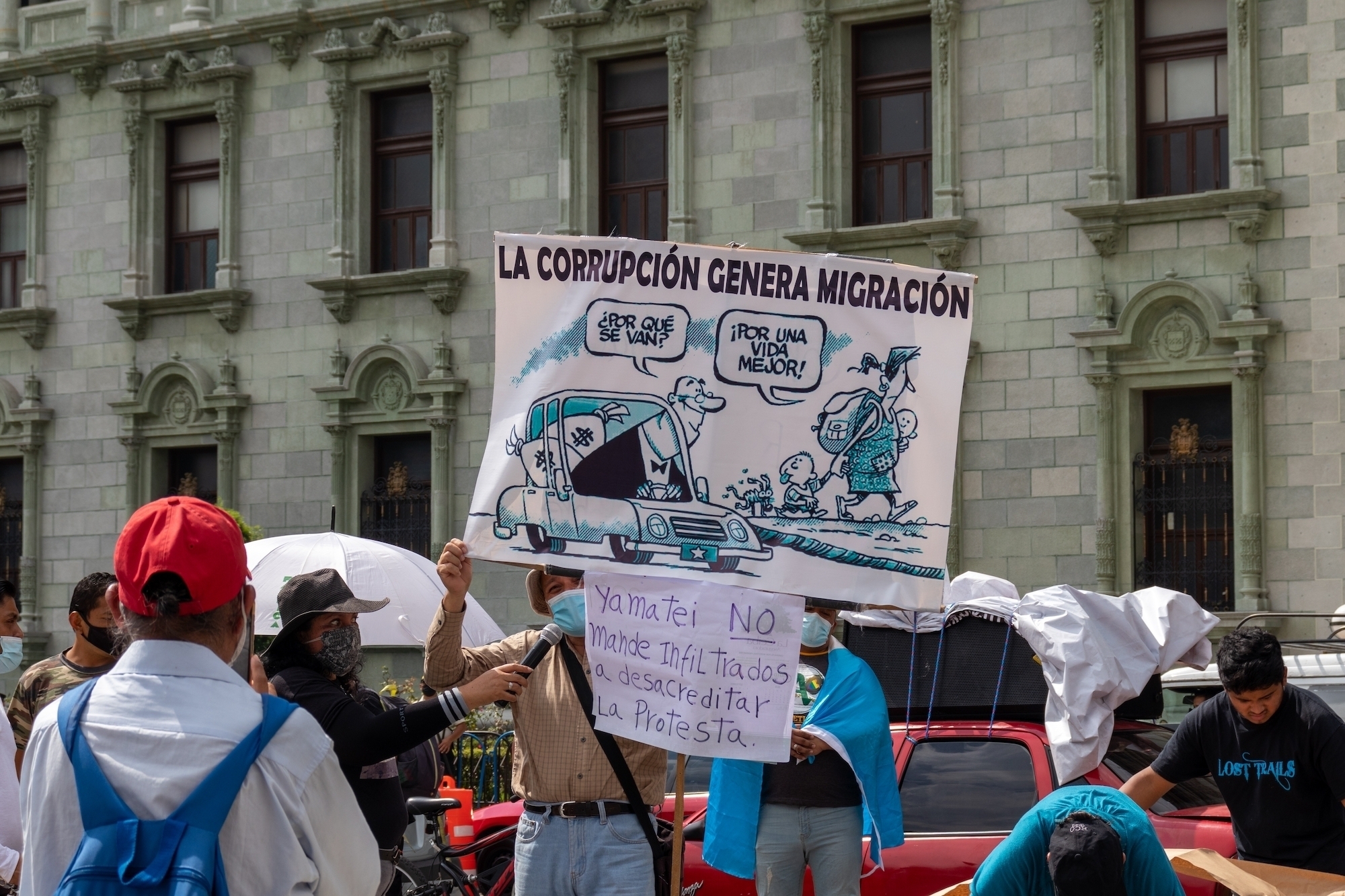
Institutional and Political Drivers of Migration in Central America
When Central American migrants are asked why they decided to leave their countries, they give a variety of responses; they’re seeking better economic opportunities,... Read more.
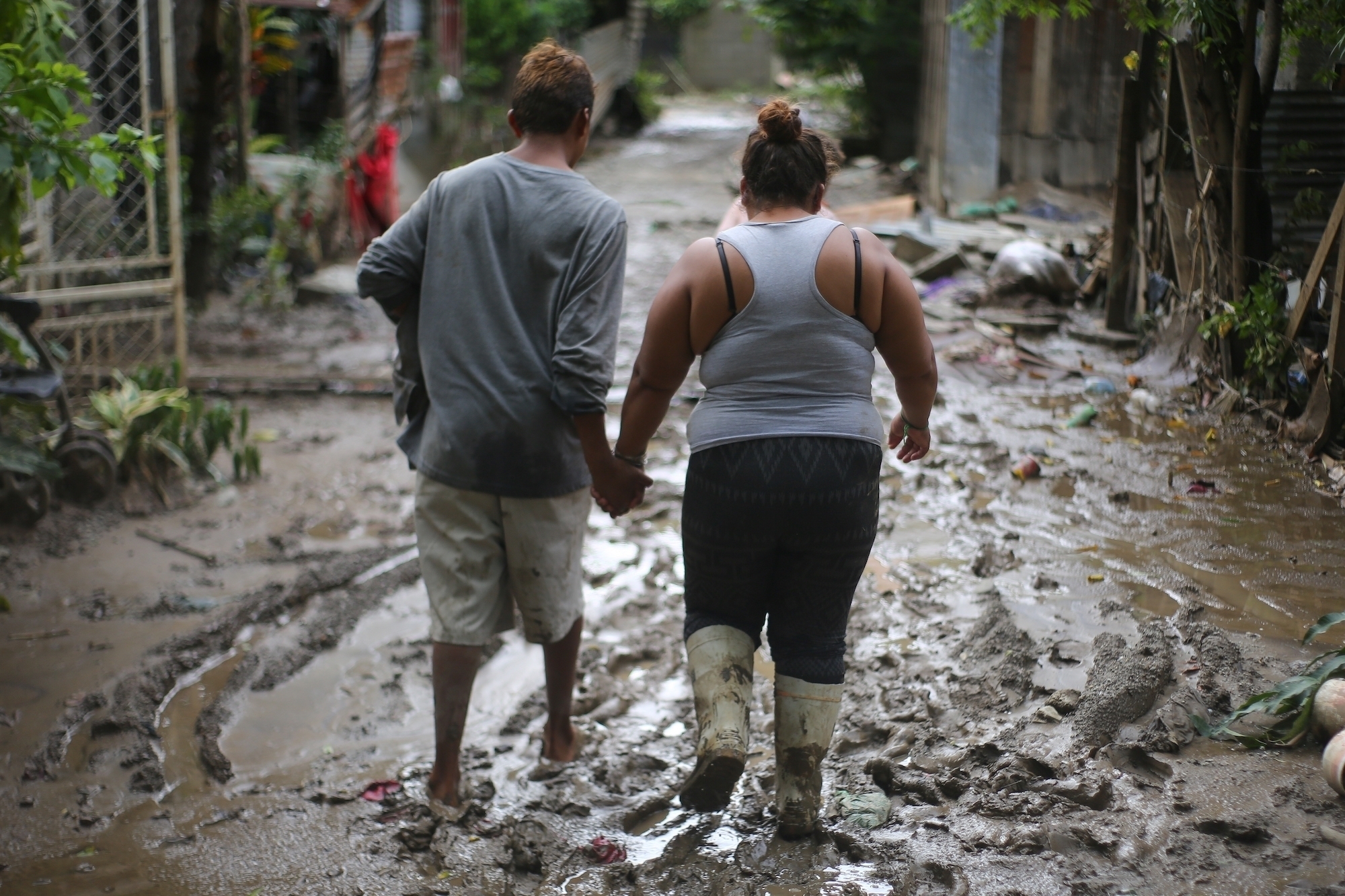
Economic and Environmental Drivers of Central American Migration
Most Central American migrants cite economic conditions as a reason for their decision to leave their countries. For some it is the only reason: they migrate because... Read more.

Reducing Irregular Migration from Central America Through Alternative Regular Migration Pathways
The short answer to the question of why so many Central Americans are setting off on dangerous irregular migration journeys is stunningly simple: because there... Read more.

Lawful, Safe Pathways Needed to Resolve Border Chaos
This week, as Canada, Mexico and the United States meet for the long-awaited North American Leaders Summit, is an opportune moment for bold action to create alternative... Read more.
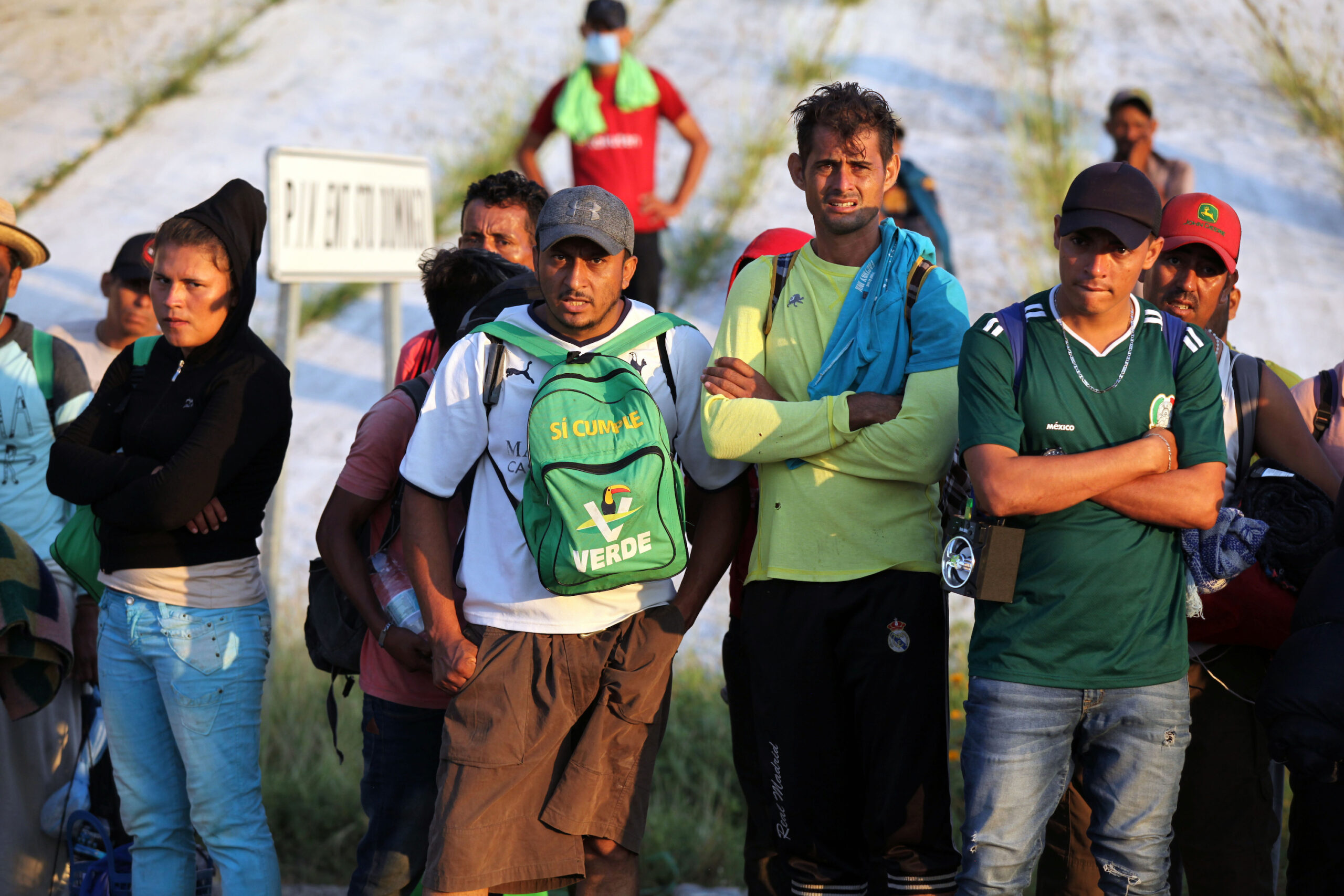
Regional Cooperation and Co-Responsibility
This report from the North and Central American Task Force on Migration outlines concrete recommendations for a comprehensive regional approach and governance architecture... Read more.
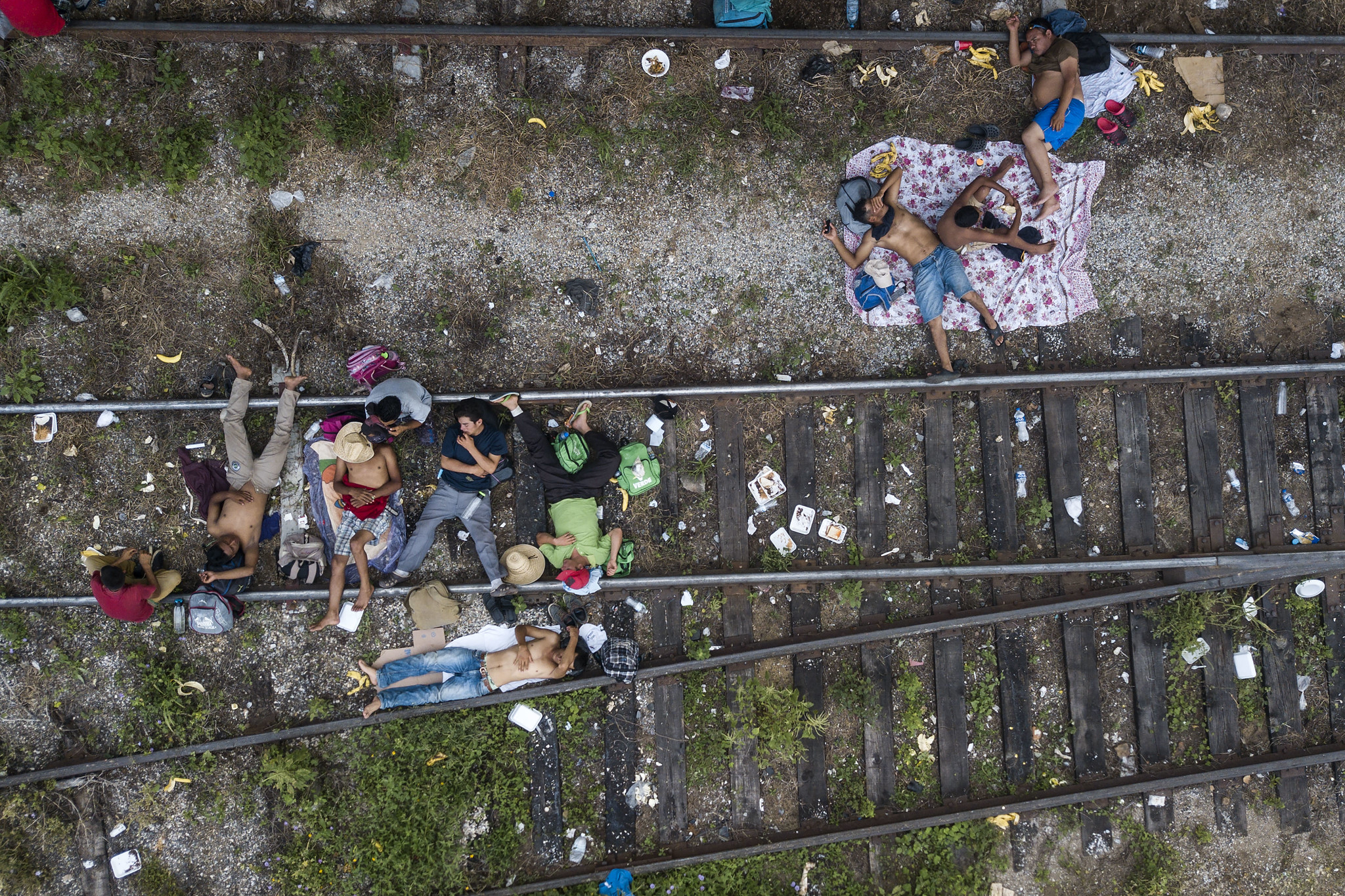
Humanitarian Protection in the Region: A State of Emergency
This report from the North and Central American Task Force on Migration highlights the urgency for comprehensive and coordinated regional responses to address the... Read more.